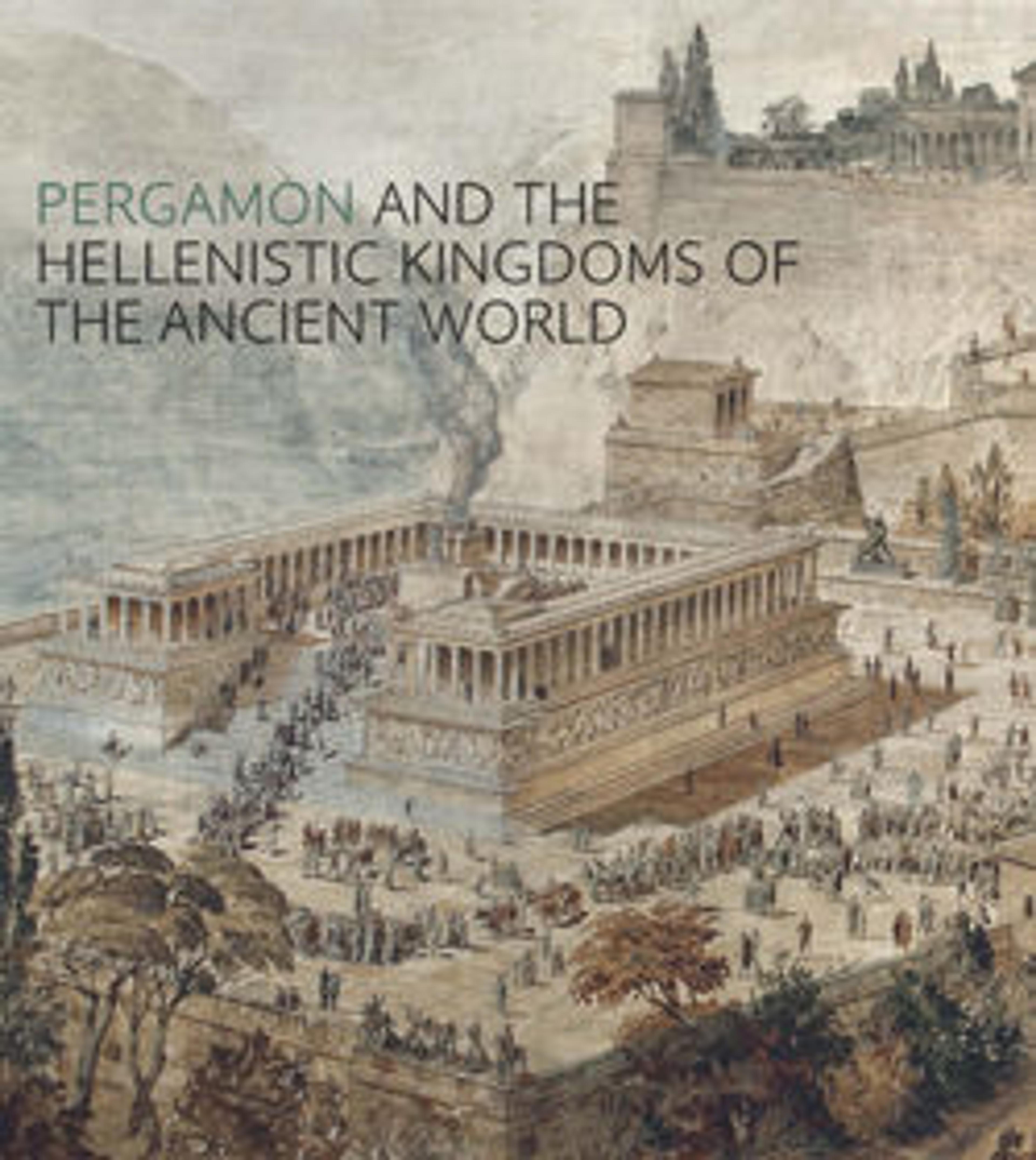Glass bowl in blue and colorless bands
Translucent cobalt blue and colorless.
Plain rounded rim; slightly convex side tapering diagonally downward; convex bottom.
Two large segments of blue fused to either side of a broad central strip of colorless glass. On interior, a band below rim, comprising a narrow horizontal groove and a ridge, undercut below, and further down side a broader band comprising a narrow groove, followed below by a broader groove, a central slightly raised plain band, undercut below, and finally another narrow groove.
Broken and repaired, with several large areas missing, especially on rim and bottom; pinprick bubbles; dulling, pitting, and iridescent creamy weathering.
Rotary grinding marks on interior and exterior.
Very few bicolored glass vessels survive from antiquity. Apart from this bowl, most examples are slender alabastra (perfume vases). All appear to be in the same combination of translucent cobalt blue and colorless glass, and it is likely that they were all made in the same workshop. The glass was fused, placed over a mold, ground, and then polished.
Plain rounded rim; slightly convex side tapering diagonally downward; convex bottom.
Two large segments of blue fused to either side of a broad central strip of colorless glass. On interior, a band below rim, comprising a narrow horizontal groove and a ridge, undercut below, and further down side a broader band comprising a narrow groove, followed below by a broader groove, a central slightly raised plain band, undercut below, and finally another narrow groove.
Broken and repaired, with several large areas missing, especially on rim and bottom; pinprick bubbles; dulling, pitting, and iridescent creamy weathering.
Rotary grinding marks on interior and exterior.
Very few bicolored glass vessels survive from antiquity. Apart from this bowl, most examples are slender alabastra (perfume vases). All appear to be in the same combination of translucent cobalt blue and colorless glass, and it is likely that they were all made in the same workshop. The glass was fused, placed over a mold, ground, and then polished.
Artwork Details
- Title: Glass bowl in blue and colorless bands
- Period: Late Hellenistic
- Date: 1st century BCE
- Culture: Greek
- Medium: Glass; cast and cut
- Dimensions: 10 1/2 in. (26.7 cm)
- Classification: Glass
- Credit Line: Gift of J. Pierpont Morgan, 1917
- Object Number: 17.194.2535
- Curatorial Department: Greek and Roman Art
More Artwork
Research Resources
The Met provides unparalleled resources for research and welcomes an international community of students and scholars. The Met's Open Access API is where creators and researchers can connect to the The Met collection. Open Access data and public domain images are available for unrestricted commercial and noncommercial use without permission or fee.
To request images under copyright and other restrictions, please use this Image Request form.
Feedback
We continue to research and examine historical and cultural context for objects in The Met collection. If you have comments or questions about this object record, please contact us using the form below. The Museum looks forward to receiving your comments.
